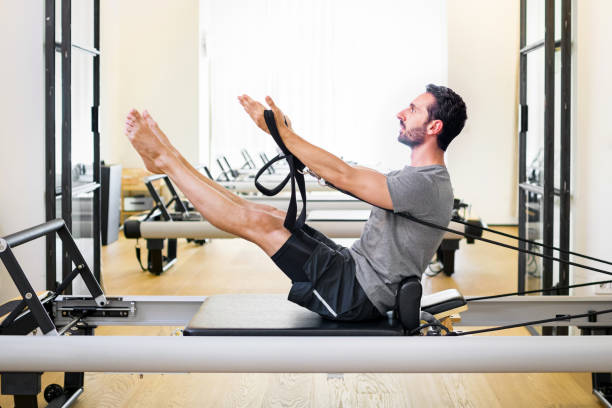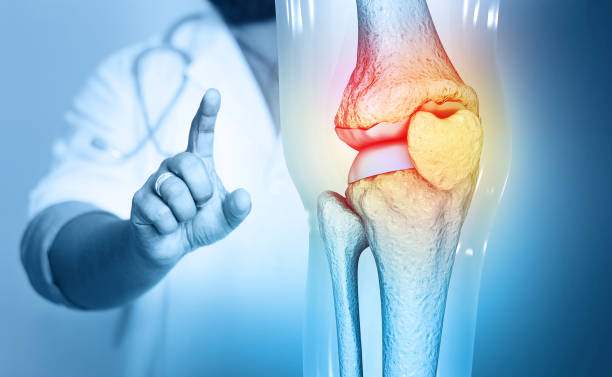What Are The 5 Proven Recovery Techniques for Athletes?
1- Active Recovery – Moving to Heal
Active recovery is one of the most effective techniques athletes can use to bounce back faster. Unlike complete rest, it involves light, low-intensity movements such as walking, gentle yoga, swimming, or stretching.
These activities help improve blood circulation, reduce muscle stiffness, and flush out metabolic waste like lactic acid from the muscles. According to the American Council on Exercise, active recovery may even enhance performance by reducing fatigue and improving mobility over time.
It’s especially useful on rest days following intense workouts. Pairing it with a proper cooldown routine can help you recover faster and stay consistent with your training goals. If you’re currently following a program like the 30-Day Home Workout Challenge, integrating active recovery days can make your results more sustainable and less prone to injury.
2-Sleep Optimization – The Ultimate Recovery Tool
Sleep is one of the most powerful tools in an athlete’s recovery toolkit. During deep sleep, your body repairs muscle tissue, restores energy, and releases growth hormones critical for recovery.
According to the National Sleep Foundation, getting 7–9 hours of quality sleep is essential for peak athletic performance and preventing burnout. To optimize sleep, create a consistent sleep schedule, limit screen time before bed, and create a calming bedtime routine.
Apps like Sleep Cycle can help track your sleep patterns, providing insights to improve your rest. Prioritize sleep alongside your workouts, and you’ll see faster recovery and better results.
And remember, it’s not just about the quantity of sleep, but also the quality, which can make a big difference in your performance over time.
3-Nutrition for Recovery – Fueling Repair and Growth
Proper nutrition is essential for optimal recovery after any intense workout or competition. To repair muscles and replenish energy stores, it’s crucial to consume a balanced meal or snack within 30 to 60 minutes post-exercise.
Focus on a combination of protein for muscle repair and carbohydrates to restore glycogen levels. For example, a protein smoothie with fruits like bananas or berries can be a great option.
Additionally, incorporating healthy fats, like those from avocado or nuts, can help reduce inflammation. Staying hydrated is equally important; water or an electrolyte drink can help rehydrate and support recovery.
Another overlooked huge recovery factor is proper hydration, water is key to deliver the nutrients to the muscles indirectly, so you should consider buying water intake reminders like smart water bottles or just set apps reminders.
4-Cold and Heat Therapy – Science-Backed Relief
Cold and heat therapy is a highly effective way to manage muscle soreness and reduce inflammation after intense physical activity. Cold therapy, such as ice baths or cryotherapy, helps constrict blood vessels, reducing swelling and numbing pain.
On the other hand, heat therapy improves blood flow and promotes relaxation by dilating blood vessels. Using a combination of both can be especially beneficial for athletes recovering from strenuous workouts.
Sports Medicine Journal highlights that contrast baths (alternating between hot and cold water) can reduce muscle soreness and accelerate recovery.
5-Mind-Body Recovery – Stress Management for Athletes
Mind-body recovery techniques, such as mindfulness, meditation, and deep-breathing exercises, are vital for reducing stress and accelerating recovery. High cortisol levels, the hormone associated with stress, can hinder muscle recovery and negatively affect performance.
By incorporating relaxation techniques into your recovery routine, you can lower cortisol levels and improve mental clarity. Apps like Headspace or Calm offer guided meditation and stress-reducing exercises that can help athletes achieve better physical and mental recovery.
Additionally, yoga and gentle stretching not only help with flexibility but also encourage relaxation and deep breathing, which promotes optimal recovery. A balanced approach to both mind and body recovery ensures you are ready to tackle your next workout with improved focus and reduced fatigue.
How to Create Your Own Recovery Plan?

Creating a personalized recovery plan is essential for optimizing your performance and preventing overtraining. Start by assessing your training intensity, workout schedule, and personal recovery needs.
Begin with active recovery days
Incorporating light exercises like walking or stretching to promote circulation and muscle repair. Follow up with sleep optimization to ensure your body gets the rest it needs to heal effectively.
Proper nutrition is also key
Consume a balance of protein and carbs to replenish muscle stores and support repair. Incorporate cold and heat therapy as needed to reduce inflammation, and don’t forget the importance of mind-body recovery techniques like meditation to manage stress.
Finally
Track your progress and adjust your plan based on how your body responds. By customizing your recovery plan, you’ll ensure long-term sustainability and better results in your fitness journey.
Common Recovery Mistakes to Avoid
Even the most dedicated athletes can stall progress by overlooking essential recovery habits. One of the biggest mistakes is skipping rest days, which leads to overtraining and increased injury risk.
Another common error is poor hydration, which can slow down muscle repair and reduce workout performance. Many also underestimate the power of sleep, treating it as optional instead of a vital recovery tool.
Relying too heavily on supplements without addressing nutrition is another pitfall, your body needs real food to rebuild.
Finally, ignoring mental recovery through practices like mindfulness or stress management can affect both physical performance and long-term motivation. Avoiding these mistakes can drastically improve how your body recovers and performs in the long run.
Conclusion
Effective recovery is just as crucial as intense training when it comes to maximizing performance and preventing injuries.
By incorporating these 5 proven recovery techniques, active recovery, sleep optimization, nutrition, cold and heat therapy, and mind-body recovery, athletes can improve their recovery time and stay in top shape throughout their training cycle.
Remember, every athlete’s body is different, so customizing a recovery plan based on your unique needs and goals is key. Stay consistent, listen to your body, and don’t neglect the power of rest and recovery.
The right approach will not only enhance your fitness journey but also ensure you reach your peak potential in 2025 and beyond. How do you plan to integrate these recovery techniques into your routine?







